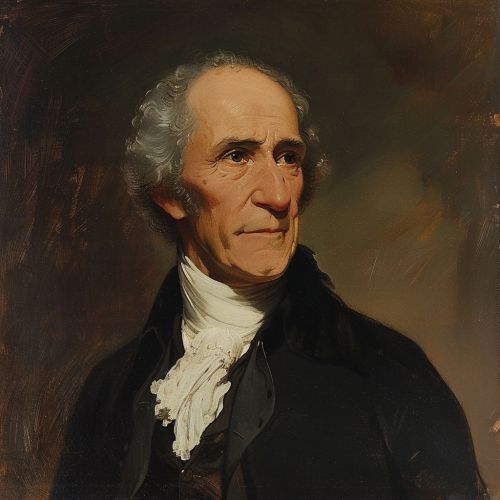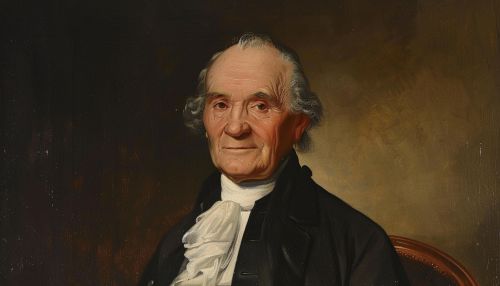John Jay
Early Life
John Jay was born on December 12, 1745, in New York, to a prominent and wealthy family of merchants and government officials. His father, Peter Jay, was a successful trader and his mother, Mary Van Cortlandt, came from a wealthy family involved in politics. Jay's education began at home under the guidance of his mother and later continued at a boarding school in New Rochelle.
Education
In 1760, Jay entered King's College, where he studied law and graduated in 1764. He then apprenticed under Benjamin Kissam, a prominent New York attorney, to further his legal education. Jay was admitted to the bar in 1768 and established a legal practice in New York City.
Political Career
Jay's political career began in 1774 when he was elected to the First Continental Congress as a representative of New York. He played a key role in drafting the Olive Branch Petition, which was an attempt to avoid a full-blown war with Great Britain. However, the petition was rejected by the British government.


In 1779, Jay was appointed as the minister to Spain by the Second Continental Congress. His main task was to secure financial aid and diplomatic recognition for the newly formed United States. Despite facing numerous challenges, Jay managed to secure a loan from the Spanish government.
In 1782, Jay was appointed as one of the peace commissioners to negotiate the Treaty of Paris, which officially ended the American Revolutionary War. Jay, along with Benjamin Franklin and John Adams, played a crucial role in the negotiations.
Chief Justice of the United States
In 1789, President George Washington appointed Jay as the first Chief Justice of the United States. During his tenure, Jay established many of the procedures and practices that are still followed by the Supreme Court today.
Governor of New York
In 1795, Jay resigned from the Supreme Court to serve as the Governor of New York. During his two terms as governor, Jay passed several progressive reforms, including the gradual abolition of slavery in New York.
Later Life and Legacy
Jay retired from politics in 1801 and spent the rest of his life managing his estate in Westchester County, New York. He died on May 17, 1829, at the age of 83. Jay's contributions to the formation of the United States and his role in ending the American Revolutionary War have cemented his legacy as one of the founding fathers of the United States.
